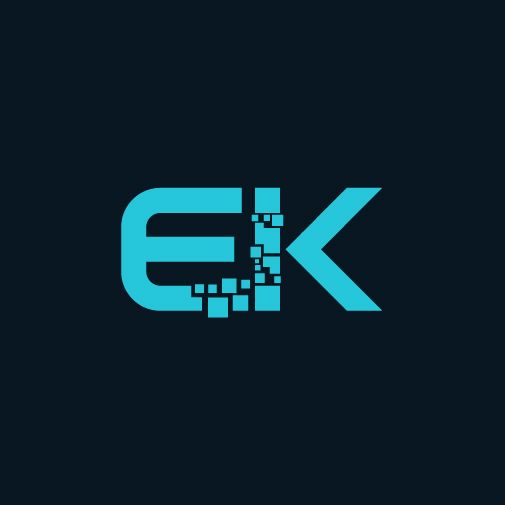5,205 reads
Real World Applications of Cryptocurrencies—Payment Systems
by
January 5th, 2018

Cryptocurrency Enthusiast circa 2012. Award winning writer in Finance, Investing and Bitcoin. Opinions are my own.
About Author
Cryptocurrency Enthusiast circa 2012. Award winning writer in Finance, Investing and Bitcoin. Opinions are my own.